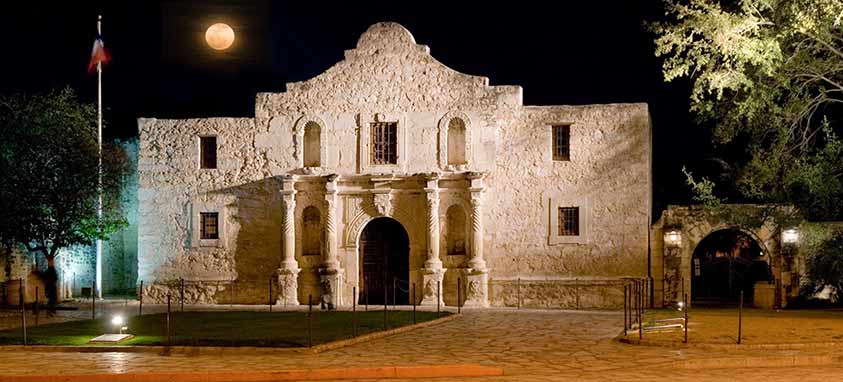San Antonio, Texas, got some exciting news on Sunday when the Alamo and four other Spanish Colonial missions were awarded the distinction of UNESCO World Heritage Sites.
Not only are the missions the only World Heritage Sites in Texas, but the honor marks just the 23rd sites in the United States to receive such notoriety. San Antonio officials traveled to Germany for the annual United Nations Educational, Scientific and Cultural Organization (UNESCO) meetings to push for their missions’ inclusion and be on hand when it was announced that the Alamo is a new UNESCO World Heritage Site.
“It has incredible significance,” said Ivy Taylor, mayor of San Antonio, via a video. “It means that they recognize the cultural and historical significance of our Spanish Colonial missions, and we invite everyone to visit them.”
UNESCO helps identify, protect and preserve cultural and national heritage around the world.
More than 1,000 sites are part of this rich designation. Among the other U.S. World Heritage Sites are the Stature of Liberty, Yellowstone National Park and Grand Canyon National Park.
The San Antonio missions had to meet demanding selection criteria to verify their importance in the region, state, nation and world. San Antonio Conservation Society launched its UNESCO campaign in 2006, and nine years the Alamo is a World Heritage Site. The financial impact of the designation is substantial, valued at $105 million in the next 10 years.
“The San Antonio Missions are also an example of the interweaving of Spanish and Coahuiltecan cultures, illustrated by a variety of features, including the decorative elements of churches, which combine Catholic symbols with indigenous designs inspired by nature,” according to the UNESCO website.
Catholic priests from Spain built five missions along the San Antonio River in the 18th century. Mission San Antonio de Valero (best known as the Alamo), Mission San Jose, Mission Concepcion, Mission San Juan and Mission Espada represent the largest concentration of Spanish Colonial missions in North America.
Singapore Botanical Gardens also received World Heritage Site designation during the UNESCO meetings in Germany. The famous gardens have been an important center for science, research and plant conservation, notably in connection with the cultivation of rubber plantations, in Southeast Asia since 1875.




